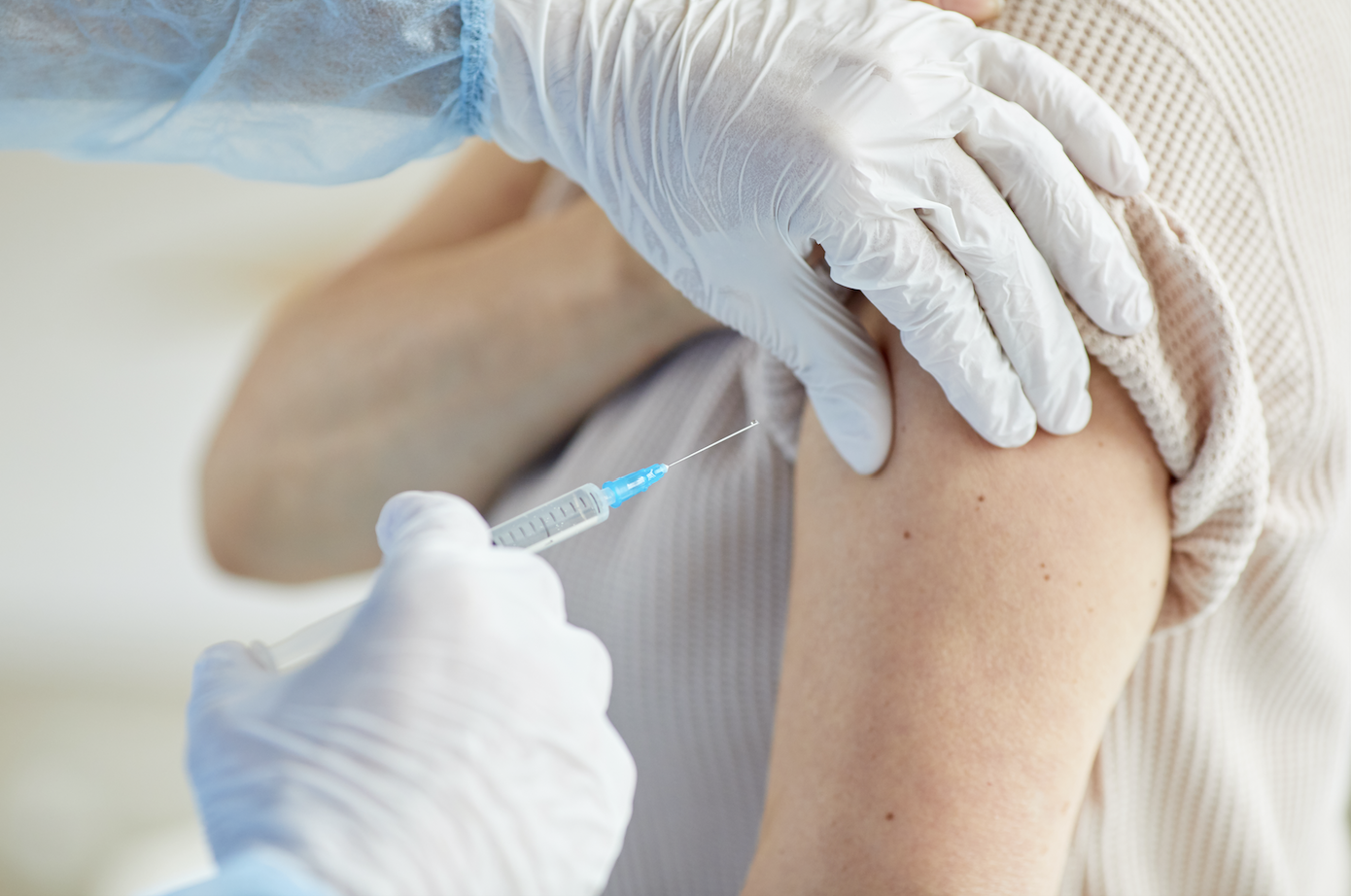After two months of steady, relatively low numbers of new COVID cases, Virginia is starting to once again see an increase in new cases each day. On July 23, the seven-day average of new cases in the state was 523, the highest since May 15, according to data from The New York Times.
While the original variant is currently the most prevalent strain of the coronavirus in Virginia—making up about 87 percent of infections—state health officials predict that the more-transmissible Delta variant will soon take its place. As of Friday, there were 213 cases of the Delta variant in the state. Nationwide, the Delta variant now makes up 83 percent of new cases, according to the Centers for Disease Control.
In the Blue Ridge Health District, “it’s been hard to determine the actual presence of the [Delta] variant, because not all samples are going to get sequenced for the variant,” says Ryan McKay, Blue Ridge Health District COVID-19 incident commander. “Part of our working assumption is that it’s more prevalent in the community than we can actually identify.”
The Delta variant is estimated to be 60 percent more transmissible than the already highly infectious Alpha variant. It also may cause more severe illness than other strains.
While there is potential for breakthrough cases among vaccinated people, “people who are being hospitalized across the country and having the most severe experiences with the Delta variant are those who are unvaccinated,” says McKay. “It’s a pandemic of the unvaccinated.”
High vaccination rates in the BRHD have helped keep new cases mostly in the single digits since early May. In Charlottesville, about 59 percent of residents have received at least one dose of the vaccine, and almost 54 percent are fully vaccinated. In Albemarle County, nearly 68 percent have received at least one dose, and about 62 percent are fully vaccinated.
However, less than half of the residents in nearby Louisa County are fully vaccinated. And like the rest of the country, vaccination rates have stalled across the health district over the past several months.
To encourage more people to get the shot, the BRHD has sent community health educators and a mobile vaccine unit into neighborhoods with low vaccination rates. It has also continued to work with community leaders from demographics disproportionately impacted by the virus, particularly Black and Latino communities, to answer questions and ease concerns people may have about the shot.
McKay emphasizes that people should get vaccinated not only to protect themselves, but also those who are currently unable to get the vaccine: children under 12 and immunocompromised residents.
Despite the rise in COVID cases spurred by variants, Governor Ralph Northam hasn’t announced any plans to reinstate pandemic restrictions. For vaccinated individuals, “wearing a mask, especially indoors, if there’s lots of people and you don’t know those individuals, would be helpful,” McKay says. “That’s sort of counter to where we’ve been over the past couple of months, but we can see the numbers increasing—and we know it coincides with the expiration of the governor’s executive orders.”
“While we don’t know the extent of Delta, it’s there,” he adds. “And now we can make decisions on how we protect ourselves and our community.”
Correction: The Centers for Disease Control has now recommended that fully vaccinated people in parts of the country with “substantial or high transmission” of COVID-19 wear masks indoors.
